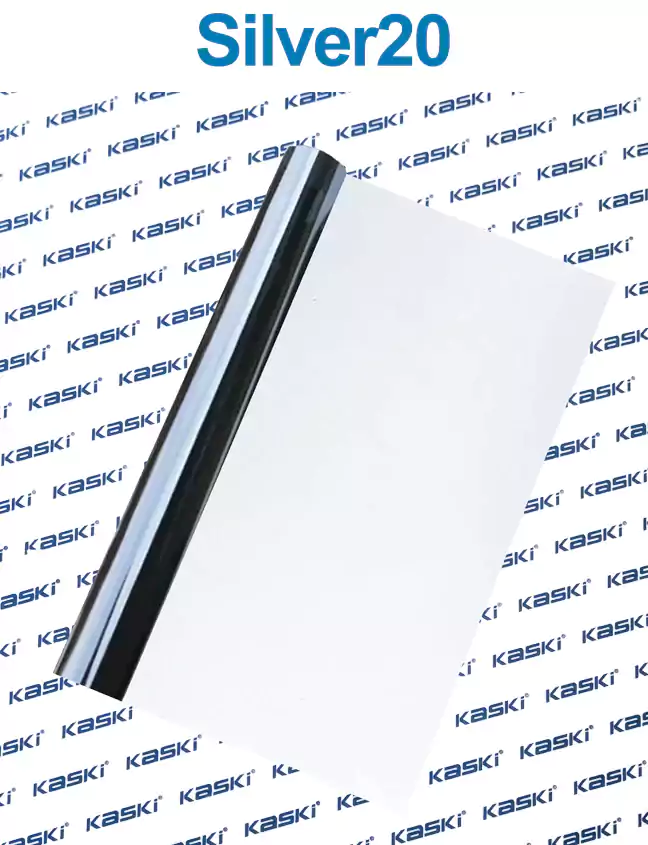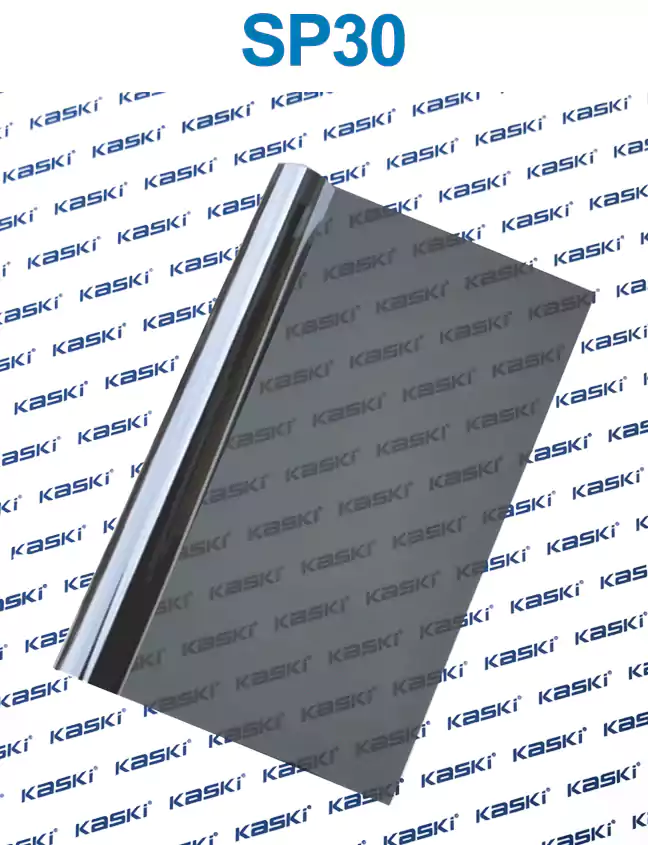Automotive window tinting is a popular and practical solution for car owners looking to enhance their driving experience, improve energy efficiency, and protect their vehicle's interior. In this informative blog post, we'll explore the various benefits of automotive window tinting, the principles behind it, and provide a detailed installation case study, along with testimonials from satisfied customers.
The Advantages of automotive window tinting
1. Rejecting the Sun's Heat: Window tinting can effectively block up to 99% of harmful UV rays and reduce the amount of heat that enters your vehicle, keeping you cooler and more comfortable, especially during the summer months.
2. Protecting Interiors: Tinted windows can help preserve the condition of your car's interior, including decorative curtains, blinds, and upholstery, by shielding them from the damaging effects of direct sunlight.
3. Increased Comfort and Energy Efficiency: By reducing the amount of heat that enters your vehicle, window tinting can enhance the overall comfort level and improve the energy efficiency of your car's air conditioning system, leading to lower fuel consumption.
4. Privacy and Security: Tinted windows can provide an added layer of privacy, making it more difficult for outsiders to see into your vehicle, which can be particularly beneficial for those who frequently transport valuable items or need to maintain a level of discretion.
The Principles of Automotive Window Tinting
Automotive window tinting works by applying a thin, specialized film to the interior of your vehicle's windows. This film is designed to absorb, reflect, and/or scatter the sun's rays, reducing the amount of heat and UV radiation that enters the car. The tinting film can be applied to the side windows, rear glass, and even the windscreen, depending on local regulations and the desired level of coverage.
A Detailed Installation Case Study
In this case study, we'll examine the process of installing automotive window tinting on a 2020 Toyota Camry. The customer, Sarah, was looking to enhance the comfort and energy efficiency of her vehicle, as well as protect the interior from the sun's damaging effects.
The installation process began with a thorough cleaning of the vehicle's windows to ensure proper adhesion of the tinting film. The technician then carefully measured the windows and cut the tinting film to the appropriate size, ensuring a precise fit. The film was then applied to the interior of the windows, starting with the side windows and working towards the rear glass and windscreen.
During the installation, the technician paid close attention to the alignment and smoothness of the tinting film, ensuring that there were no visible bubbles or wrinkles. The final step involved the use of a specialized squeegee to remove any excess moisture and ensure a seamless, professional-looking finish.
Testimonials
"I'm absolutely thrilled with the results of my heat control window film. The difference in the cabin temperature is remarkable, and I no longer have to crank up the air conditioning to stay comfortable. The tinting also gives my car a sleek, modern look that I love." - Sarah, 2020 Toyota Camry owner
"Investing in automotive window tinting was one of the best decisions I've made for my vehicle. Not only has it improved the overall energy efficiency and comfort, but it's also provided an added layer of privacy and security. I highly recommend this service to anyone looking to enhance their driving experience." - John, 2018 Honda Civic owner
Conclusion
Automotive window tinting is a versatile and practical solution that offers a wide range of benefits, from improved energy efficiency and interior protection to enhanced privacy and security. Whether you're looking to stay cooler in the summer, preserve the condition of your car's interior, or simply enhance the overall aesthetic, automotive window tinting is a worthwhile investment that can significantly improve your driving experience.

















